On The Champagne Trail
If French is the language of love then
French champagne is the magic drinking potion of love. What could be more sensuous to drink than a
frosted flute of golden liquid that tantalizes the palate and nose. And those celebratory bubbles of joy are
perfect for festivities. It’s a sharing
kind of drink that gives more pleasure when paired with good food and good
company.
A recent trip to Uluru (Ayers Rock) in
central Australia with a group of close girlfriends - all of us this year celebrating
our milestone birthdays with bottles of bubbly – had me looking back from a
distance of 8 months and thousands of kilometres away to our time in France
travelling the Champagne route.
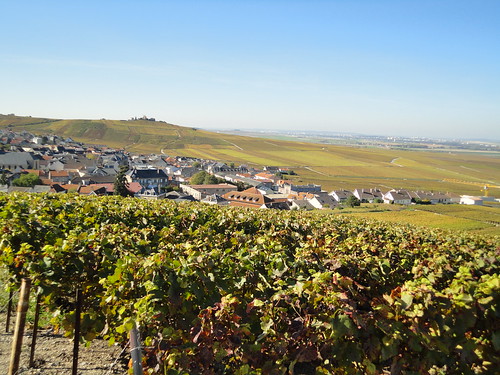 |
Champagne countryside |
EPERNAY
The departement of Champagne is the French heart of sparkling wine countryside and Epernay is its epicentre. While the average person would save champagne for celebrations and special events it appears that in Champagne the locals don’t need an occasion to drink it. It’s on the lunch table and dinner table most days according to a local. How lucky are they to be sipping this beverage of delight on a daily basis and none other than the highest of qualities.We had arrived after a late harvest so the autumn vines were bare of fruit. The vast spreads of vineyards across these chalky hills and flat lands grow three varieties of grape that all go into making up champagne – pinot noir, pinot meuniere and chardonnay.
We spent a night in Chalons-en-Champagne at
an Ibis hotel, a 40-minute drive to Epernay, as moderately priced accommodation
in town was full then moved to Epernay for 3 nights. In France we often make use of the hotel
chain Ibis as they have hotels in numerous locations and are affordable,
comfortable, clean and usually well located.
Very formulaic but at least you know what to expect.
 |
| Avenue de Champagne, Epernay |
Situated on the town’s main artery, Epernay’s
classically elegant Avenue de Champagne, are some famous maisons de champagne such as Pol Roger, Moet et Chandon, Mercier,
Perrier Jouet and many more. There is an
air of restrained affluence along this street.
We chose three cellar tours to do – Moet et Chandon, Mercier and de Castellane. These were the ones in this small town that
were most readily accessible to the public and also easily reached on foot from
our hotel. Mumm, Taittinger and Veuve Clicquot are
located around Reims. Mind you, after
three lots of champagne tours and tastings (not all in the same day) we’d just
about reached bubble fatigue.
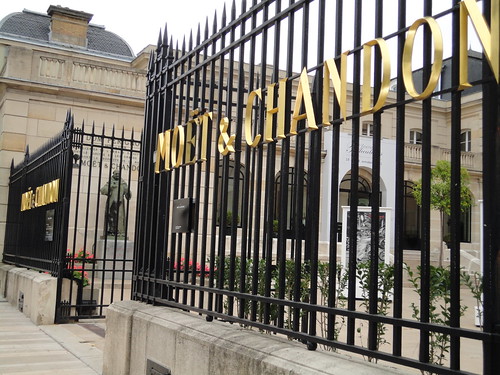 |
Dom Perignon looks out at Moet et Chandon entrance above M & C cellars below |
MOET & CHANDON
Moet & Chandon, who are part of the swanky LVMH conglomerate (Louis Vuitton Moet and Hennessy) put on a classy but pricey tour with an introductory self-promoting film narrated by Scarlett Johanssen and then finished off with a glass of bubbly. The limestone cellars were impressive and we learnt a lot about the methode champenoise and the history of the brand. 80% of its champagne is exported worldwide. It was incredible to learn that the grapes are all hand-picked so as not to bruise the fruit. Are you for real?!MERCIER
Mercier, also part of the LVMH stable, has a very showy tour where we descended by lift to the cellars, put on audio headsets and taken by electric train through their massive underground network followed by a selection of champagne tastings.DE CASTELLANE
De Castellane is a champagne house probably not so well known in Australia – around 20% of it is exported but mainly to European countries. “In France we keep the best champagne for ourselves” replied the guide. Oooo-kay, so what does that imply about the well-marketed, brand-conscious ones that fill the shelves of international grog shops? This maison had the least showbiz factor about it but was the more realistic and interesting for two reasons – its Belle Epoque tower that stands as a landmark above Epernay and its real-life production plant. In the factory we watched staff in action as bottles were being labelled and packed by modern machinery. Climbing the tall tower leads to panoramic views of Epernay and the surrounding Marne Valley.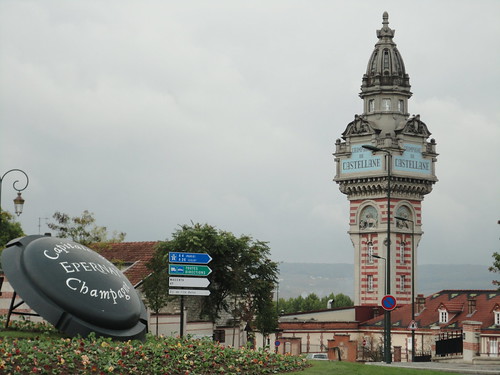 |
| Maison de Castellane's Belle Epoque tower |
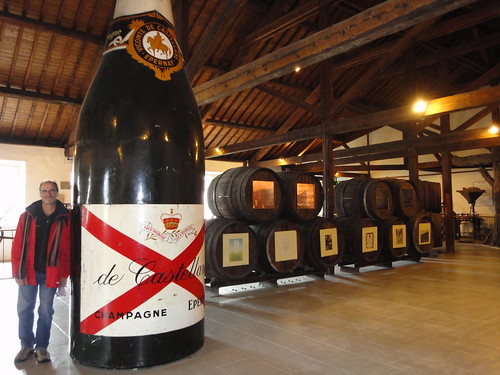 |
de Castellane museum and bottling plant |
Some interesting facts - a bottle of
champagne has anywhere between 43 to 250 million bubbles (depending on the size
of the bubbles and which scientific study you believe) and has 3 times more
pressure than a car tyre (whoa, a live bubble bomb!!). We were shown how the indentation at the
bottom of the bottle is important for distributing the pressure. Initially, flat-bottomed bottles would
explode in cellars. The best vintage
year in the last decade was 2002. Not
every year is a good vintage year for champagne. You can tell the
quality of a champagne by the size of the bubbles – a high quality product has
very small (fine) bubbles so we were told.
Considering that Epernay sits atop miles of musty
underground limestone tunnels and cellars it is a wonder that the place doesn’t
cave in on itself.
Driving along one of the many Champagne routes we passed
through peaceful villages in bloom and past rows and rows of vineyards. Some places such as Bouzy and Dizy seem
aptly-named for the locality – after a few glasses you too could be feeling
like this. There are hundreds of small,
family-run champagne producers in the region that sell to the local
market.
Across the road from his abbey is the champagne producer Gobillard et Fils (Gobillard & sons). As we entered, the place was heaving with families sitting down to tastings around wooden tables and Parisian daytrippers loading up their cars with not bottles but boxes of champagne.
DOM PERIGNON
At the tiny village of Hautvillers, we visited the resting place of the father of champagne, the Benedictine monk Dom Perignon. He lies in front of the altar at the Hautvillers abbey church.Across the road from his abbey is the champagne producer Gobillard et Fils (Gobillard & sons). As we entered, the place was heaving with families sitting down to tastings around wooden tables and Parisian daytrippers loading up their cars with not bottles but boxes of champagne.
 |
Hautvillers abbey church, Dom Perignon's resting place |
VERZY FOREST
A change of scenery from champagne tasting was a daytrip
east for some hiking through the Verzy Forest to see a pocket of distorted
beech trees, the Faux de Verzy (meaning fake or false), that have been growing
bizarrely for centuries. Some have
developed canopy or umbrella shapes, others reach out gnarled limbs. The dark outlines of branches
remind me of black ink that has been blown with a straw across paper. Botanists have been mystified as to their
twisted and exceedingly slow growth pattern. Whilst walking along a trail we were stunned
out of our reverie by loud rustlings of leaves and pounding of hooves as a pack
of wild boar tore out from the woods in single file metres away from us. Whoa, adrenaline rush! It was exciting to see real wildlife in its
natural surrounds.
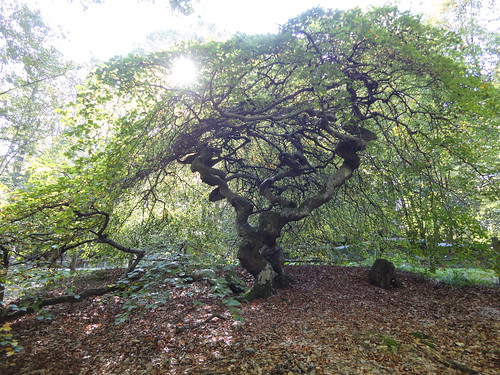 |
Twisted beeches, Verzy Forest |
Close by, along a quiet leafy trail, we reached the edge of Mt Sinai (no idea about the name) on foot which has a World War II bunker and a great lookout to the plains below.
Max by this stage was coming down with a
cold. He’s ending the trip the way we
started. Two weeks into our travels he caught a cold and two weeks away from
the end of our wonderful adventures he’d caught another one. What can I say,
he's consistent.




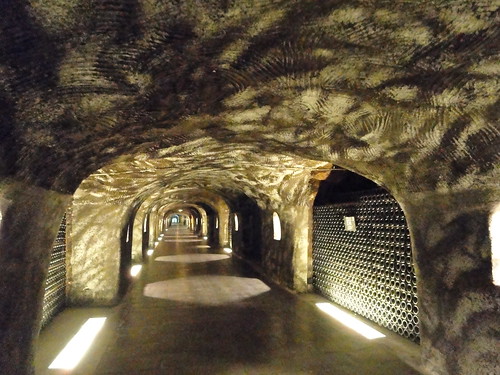
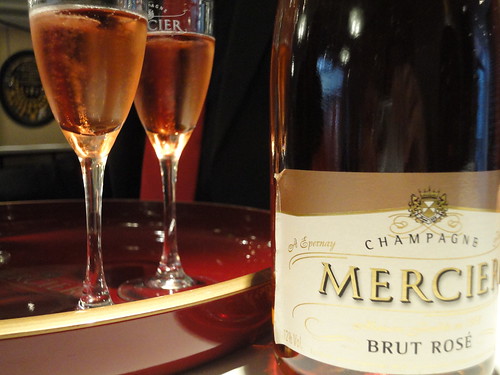
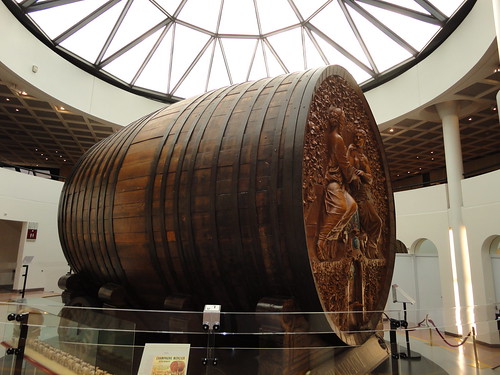
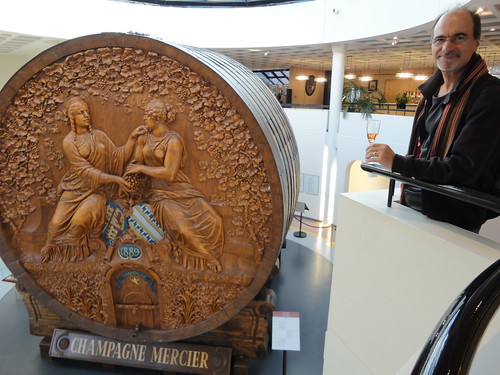

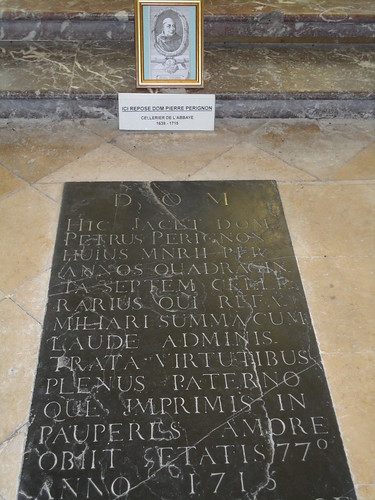
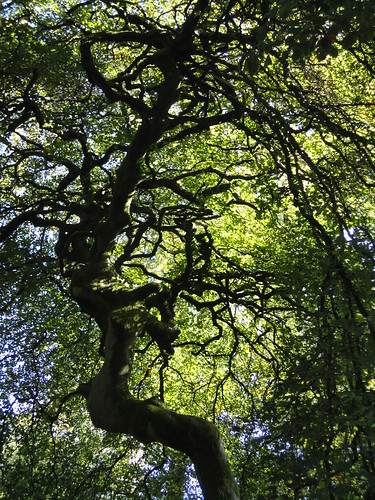
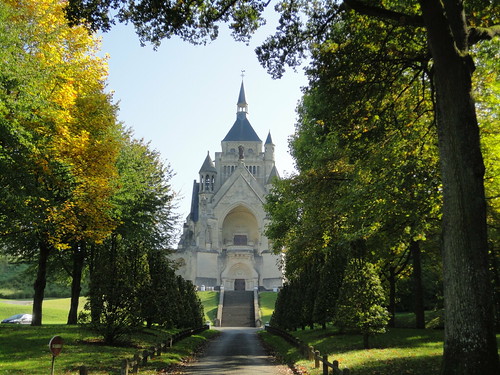


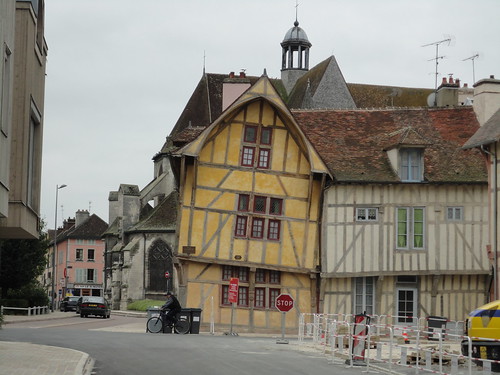



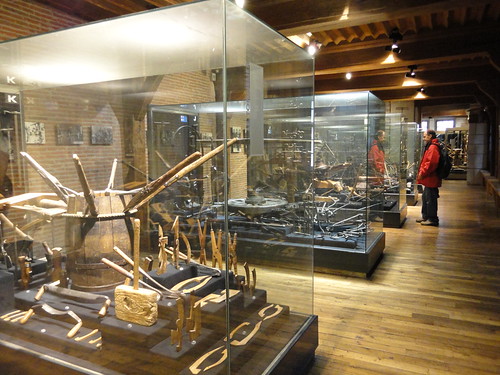
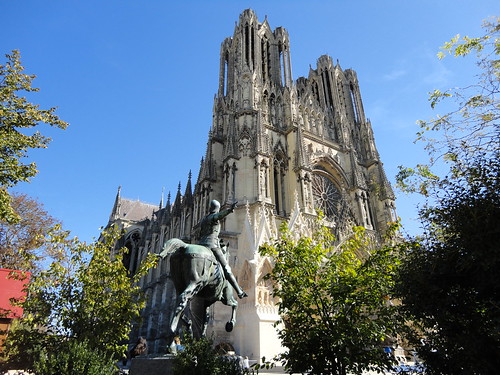
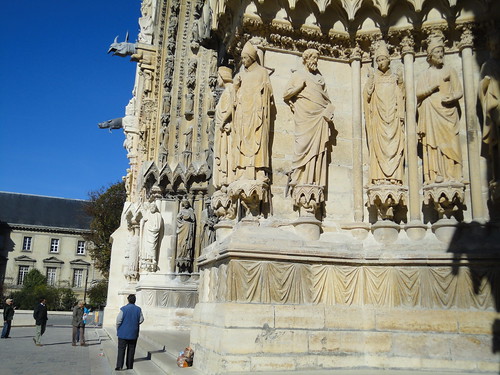


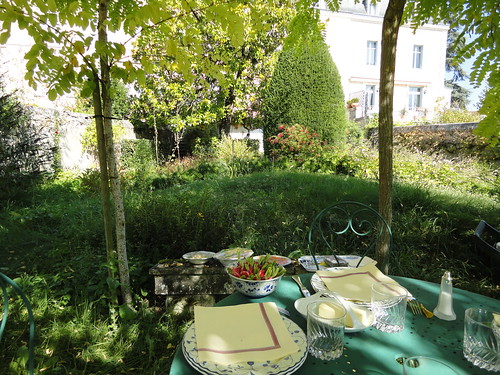
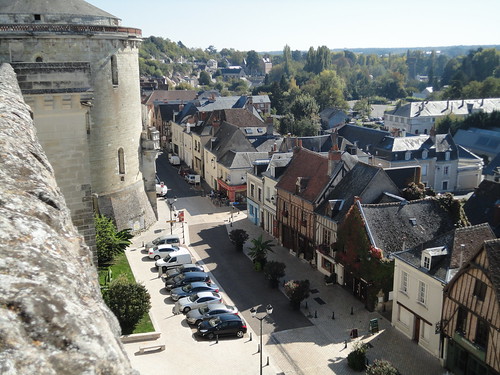

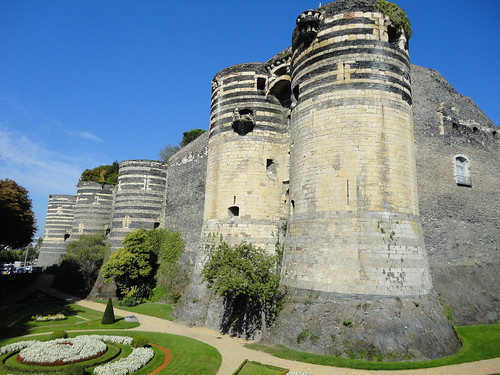


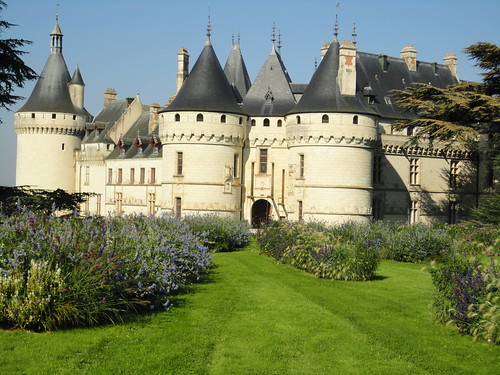

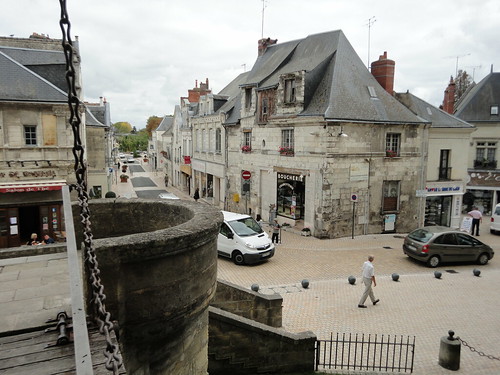
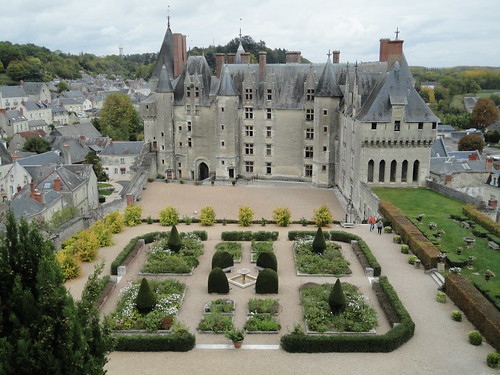


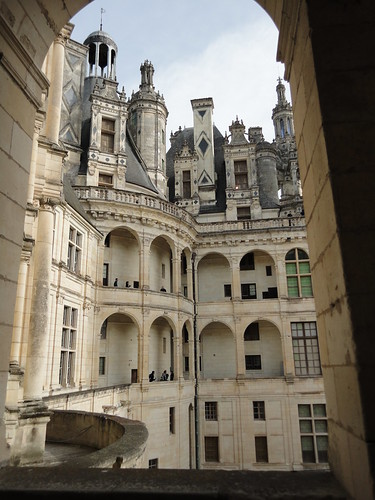
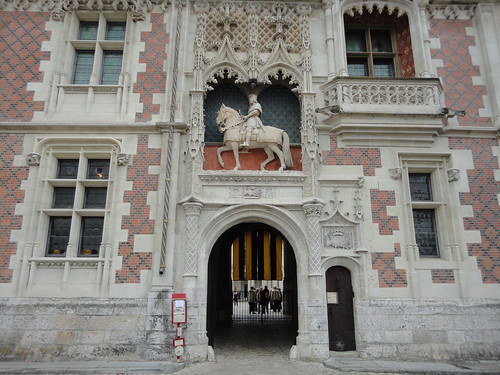


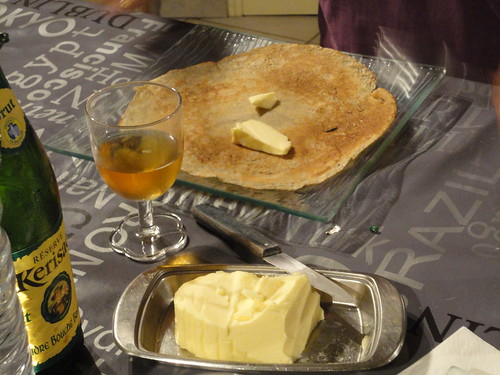
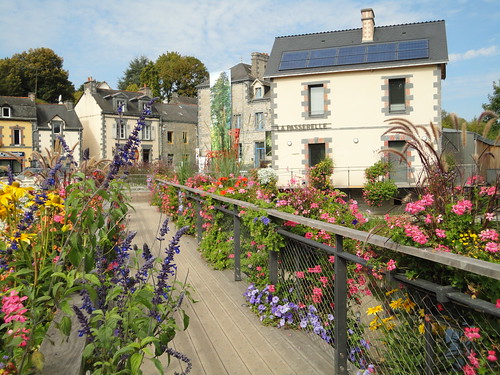
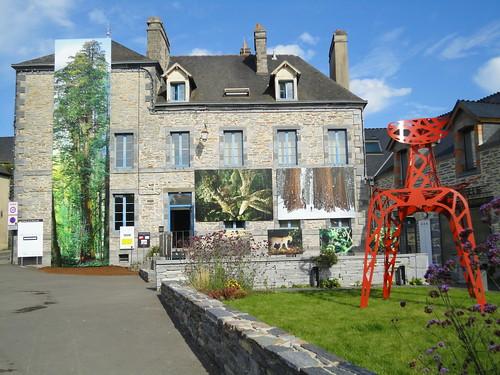
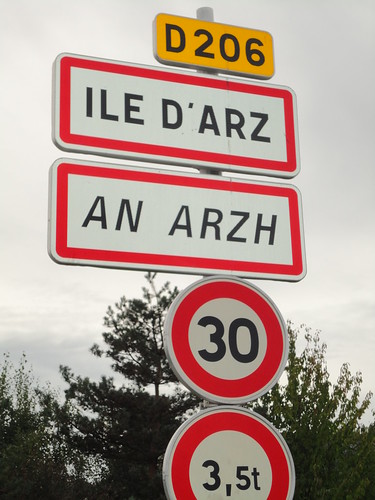
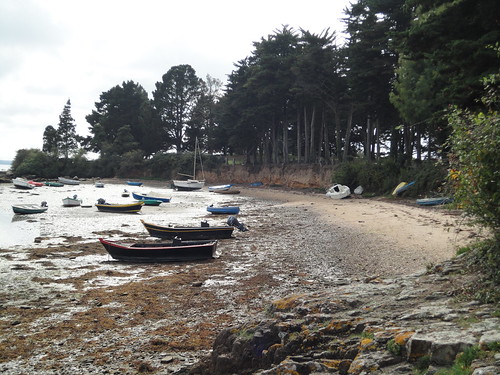
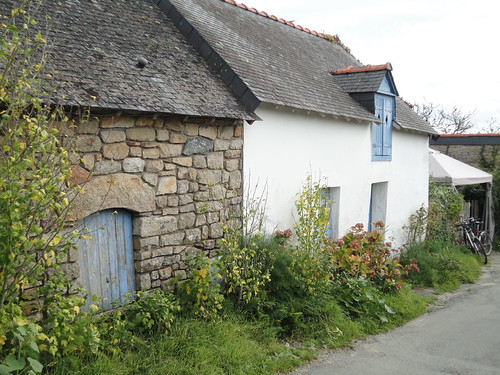
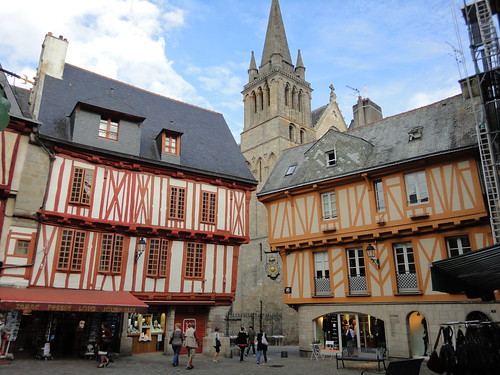
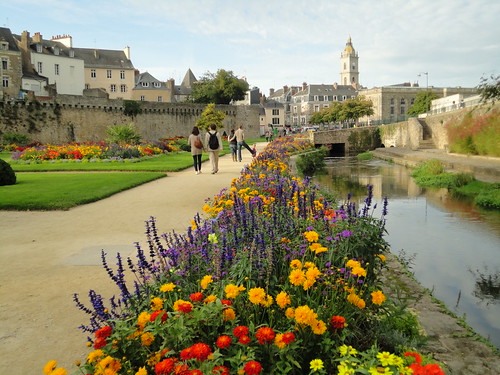
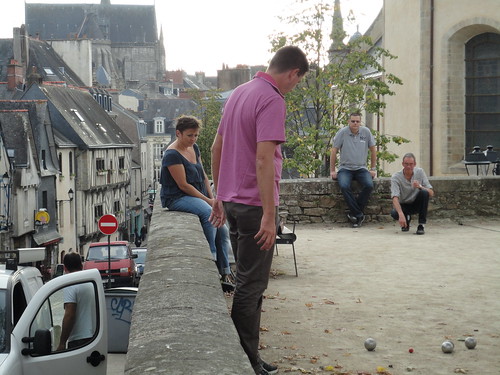
 Hi, I'm Eva - world traveller, cultural explorer and experience seeker. Together with my husband Max, we've been globetrotting for over 20 years.
Hi, I'm Eva - world traveller, cultural explorer and experience seeker. Together with my husband Max, we've been globetrotting for over 20 years.







0 comments: